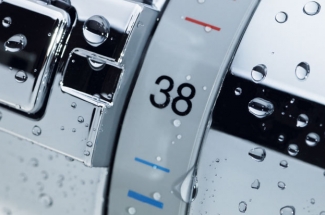0755 4622 132
Central Heating Explained
Home energy use is responsible for 28% of UK carbon emissions which contribute to climate change. By following BEST PRACTICE standards, new build and refurbished housing will be more energy efficient and will reduce these emissions, saving energy, money and the environment.
There is no such thing as a standard central heating system – you can tailor the system to suit your needs. If working correctly, a central heating system should look after itself with regard to automatically turning itself on and off. It should use no more fuel than necessary and always keep your house at the correct temperature. It should also provide all the hot water you need, when you need it. In a central system, heat is produced from a single source – usually a boiler – and distributed throughout the house.
In order for a gas central heating and hot water system to operate efficiently it must be controlled so that heating and hot water are provided at a suitable temperature, when and where required.
Most systems include:
- Boiler (which must be a condensing)
- Hot water tank
- Room thermostat
- Radiators
- Thermostatic radiator controls (TVRs)
- Programmer




